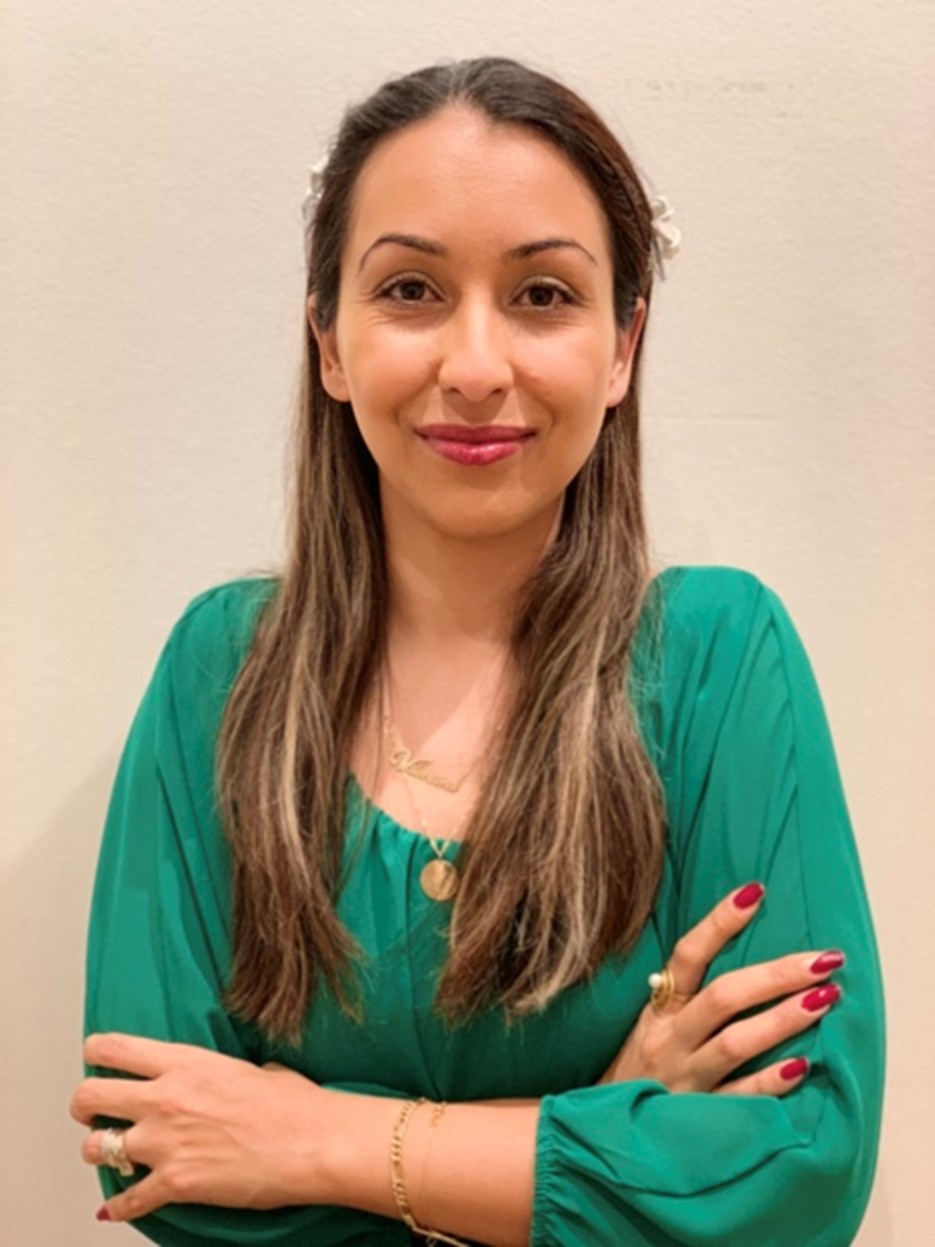The dissertation Two languages, two scripts: bilingual and biscriptal children with and without reading difficulties read and write in Persian (L 1) and Swedish (L2) is published digitally.
The defense will take place on Thursday 24 February, at 10:00-12: 00 Humanisthuset, Lecture Hall F, Umeå University.
The opponent is Sven Strömqvist, professor, Språk- och litteraturcentrum, Lunds universitet.


